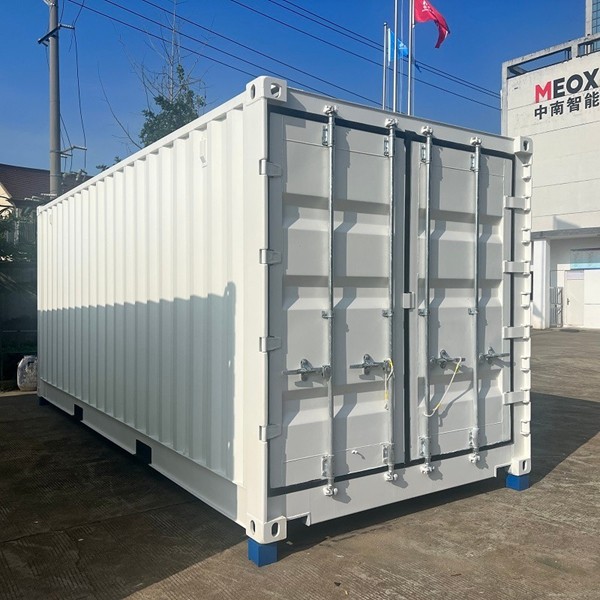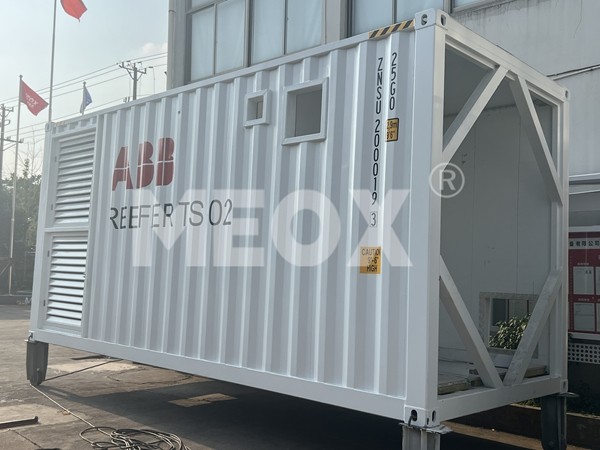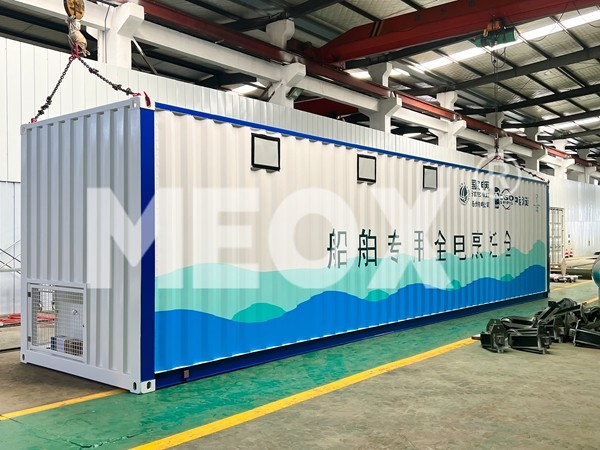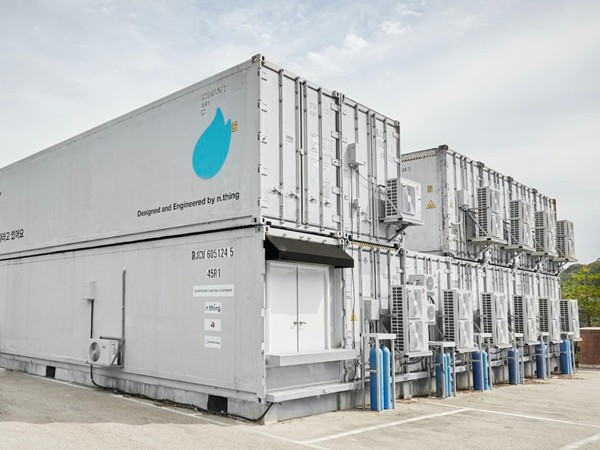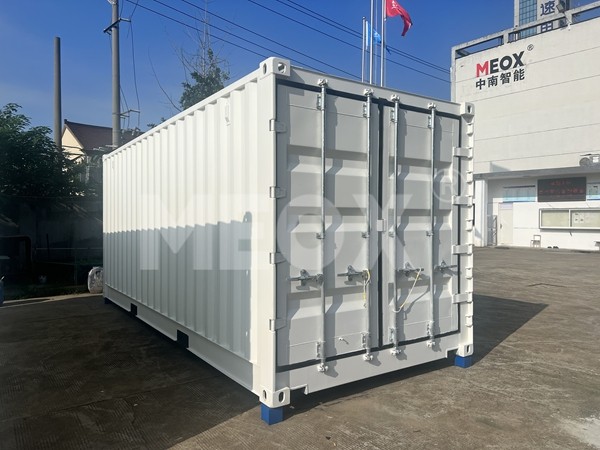Building a tiny house out of a shipping container is a journey that combines modern ingenuity with sustainable living. As more individuals seek eco-friendly and cost-effective housing solutions, converting shipping containers into petite homes has gained significant popularity. This innovative trend is more than just a passing fad; it’s a movement towards a minimalistic lifestyle that champions environmental consciousness without compromising on style or functionality.

When embarking on the project of constructing a tiny house from a shipping container, the initial step involves selecting the right container. Typically, a standard shipping container measures either 20 feet or 40 feet in length. Deciding on the size depends on your space requirements, budget, and the complexity of your design. The challenge lies in ensuring that the container you choose is structurally sound, free from hazardous materials like harmful paints or chemicals, and suited for habitation. Seeking containers classified as “one-trip” can assure quality since they are almost new and have only made a single trip across the ocean.
The transformation of a shipping container into a home necessitates meticulous planning and design. Due to its rectangular shape, maximizing every inch of space is crucial. Employing a design that optimizes natural light can make the interior feel more spacious and inviting. Skylights, larger windows, and glass doors can achieve this effect while incorporating energy-efficient insulation to maintain a comfortable internal temperature year-round. Further considerations should include the installation of solar panels, rainwater collection systems, and composting toilets, which significantly reduce the home’s carbon footprint and operational costs.

During construction, adherence to local zoning regulations and building codes is imperative to avoid legal setbacks. Engaging with professionals such as architects or builders who specialize in container homes can provide invaluable guidance. Their expertise ensures structural integrity and compliance with safety standards, from cutting openings for windows and doors to reinforcing walls and ceilings. Additionally, consulting engineers might be necessary to address potential challenges related to climate and geographical location, such as insulation types, moisture barriers, and wind resistance.
Investing in high-quality materials enhances both durability and aesthetics. For the interiors, consider lightweight, flexible materials that contribute to a modern and minimalist ambiance without adding excess weight. Bamboo flooring, reclaimed wood, or stainless steel offer both style and sustainability. These materials not only contribute to reducing environmental impact but also maintain the overall modern aesthetic that tiny container homes are known for.building a tiny house out of a shipping container
Sustainability and efficiency are critical components that directly influence not only construction but also lifestyle. Minimalism encourages occupants to prioritize functionality and freed-up space fosters a sense of empowerment and liberation from conventional lifestyles. Embrace multifunctional furniture such as fold-out beds or tables, and utilize clever storage solutions that allow for a clutter-free environment. This approach aligns with the minimalistic ethos, promoting an intentional living space that only contains items serving a defined purpose.
The tiny house movement also bolsters community and social interaction. Container homes are often part of eco-villages, where like-minded individuals share space, resources, and ideas. This sense of community fosters trust and encourages self-reliance, which is crucial in an increasingly disconnected world. By sharing expertise and resources, you contribute to and benefit from a supportive network, enhancing the overall development of the tiny house movement.
Living in a tiny container home fosters a lifestyle of intentionality, resilience, and adaptability. It reduces financial constraints often associated with traditional housing, promotes significant reductions in energy consumption, and encourages a meaningful shift towards sustainable living. With rising awareness of our ecological footprint, container homes are not merely an economical choice; they are a conscious decision towards responsible living.
As this trend continues to grow, it underscores the importance of adaptable, affordable, and sustainable housing solutions. With a surge in interest from millennials and eco-warriors alike, tiny houses built from shipping containers represent a confluence of old industrial relics and modern living philosophies. They embody a blend of practicality and creativity, championing a future where homes are not only shelters but also expressions of personal and environmental mindfulness. Through thoughtful design and ethical building practices, constructing a tiny house out of a shipping container can turn an innovative concept into a tangible and transformative living space.


